Commercial Water Purification Equipment for High Hardness Water
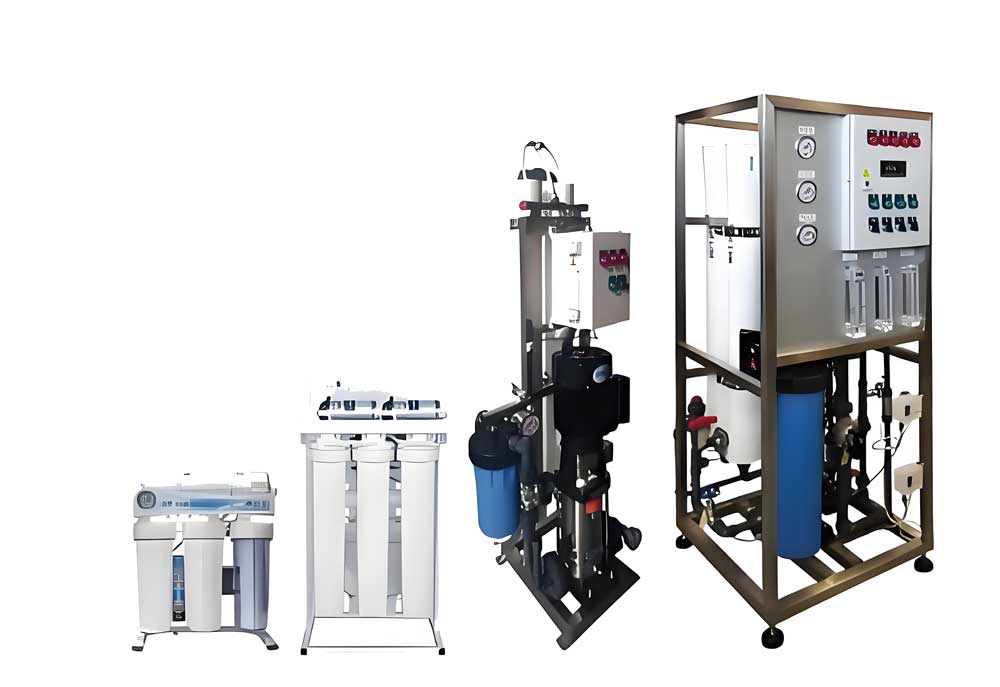
For businesses grappling with the challenges posed by high water hardness, implementing the right water purification equipment is not merely a matter of convenience but a strategic imperative for operational efficiency, cost management, and overall sustainability. High water hardness, characterized by elevated levels of dissolved calcium and magnesium minerals, can inflict a wide range of detrimental effects on commercial operations, extending far beyond the visible nuisance of scale buildup.
The Commercial Impact of Hard Water: More Than Just Scale
The ramifications of hard water in commercial settings are multifaceted and can significantly impact various aspects of a business:
- Reduced Equipment Efficiency and Shortened Lifespan: Scale accumulation within heating elements and plumbing of appliances like water heaters, boilers, coffee machines, and ice makers acts as an insulating layer. This necessitates increased energy consumption to achieve the same heating output, leading to higher utility bills. Over time, this thermal stress and mineral buildup can cause premature wear and tear, shortening the lifespan of expensive equipment and necessitating more frequent repairs and replacements.
- Clogged Pipes and Restricted Water Flow: Mineral deposits gradually accumulate on the interior walls of pipes, narrowing the internal diameter and restricting water flow. This can impact production processes, reduce the performance of water-dependent equipment, and in severe cases, lead to pipe blockages and even bursts, causing costly downtime and repairs.
- Increased Cleaning and Maintenance Costs: Removing stubborn limescale deposits requires significant labor and time, often involving the use of specialized cleaning agents. In industries like hospitality and food service, hard water can also compromise cleaning effectiveness, leaving unsightly water spots on dishes, glassware, and fixtures, negatively impacting customer perception.
- Higher Consumption of Detergents and Chemicals: Hard water hinders the lathering action of soaps and detergents, reducing their cleaning efficacy. This necessitates the use of larger quantities of cleaning agents to achieve satisfactory results, driving up operational expenses.
- Compromised Product Quality: For businesses involved in food and beverage production, textiles, or chemical manufacturing, water quality is a critical determinant of product quality. The minerals present in hard water can alter the color, taste, texture, or chemical composition of products, leading to inconsistencies, defects, and potential product recalls.
- Diminished Customer Experience: In service-oriented businesses such as hotels, gyms, and salons, hard water can lead to complaints regarding dry skin, brittle hair, and poor showering experiences, ultimately impacting customer satisfaction and loyalty.
Delving Deeper into the Principles and Types of Commercial Water Softeners
As previously mentioned, commercial water softeners are the primary solution for addressing hard water issues through the process of ion exchange. Let's explore this process and the various types of softeners in greater detail.
- The Intricacies of the Ion Exchange Process: The resin beads within a water softener are typically made of a polystyrene matrix carrying negatively charged functional groups. Initially, these negative charges are balanced by positively charged sodium ions (Na+) or potassium ions (K+). When hard water flows through the resin bed, the divalent calcium ions (Ca2+) and magnesium ions (Mg2+), which have a stronger positive charge, are preferentially attracted to the negatively charged resin sites. They displace the sodium or potassium ions, which are then released into the treated water. This exchange effectively removes the hardness-causing minerals.
- Resin after regeneration: 2R-Na + Ca²⁺ → R₂-Ca + 2Na⁺
- Resin after regeneration: 2R-Na + Mg²⁺ → R₂-Mg + 2Na⁺
- Resin saturated, undergoing regeneration: R₂-Ca + 2NaCl → 2R-Na + CaCl₂
- Resin saturated, undergoing regeneration: R₂-Mg + 2NaCl → 2R-Na + MgCl₂
- Simplified Chemical Equations (Sodium Ion Exchange):
- Variety of Softening Resins: While standard cation exchange resins are most common, specialized resins exist for specific applications, such as those designed to remove iron or other heavy metals that may coexist with hardness.
- Detailed Breakdown of Commercial Water Softener Types:
- Single-Tank Softeners: These systems feature a single resin tank and are relatively simple and cost-effective for smaller businesses or applications with intermittent water usage. However, they cannot provide softened water during the regeneration cycle, which typically lasts for a few hours. Regeneration is usually scheduled during off-peak hours.
- Twin-Tank Alternating Softeners: Equipped with two separate resin tanks, these systems offer a continuous supply of softened water. While one tank is actively softening water, the other can be in standby or undergoing regeneration. Once the active tank's resin becomes saturated, the system automatically switches to the regenerated tank, ensuring uninterrupted softened water flow. This is ideal for businesses with continuous water demands, such as hotels, hospitals, and manufacturing facilities.
- Multi-Tank Softeners: These systems consist of multiple resin tanks connected in parallel, providing even greater capacity and redundancy for very high water usage applications, such as large industrial complexes or commercial buildings. The system can automatically adjust the number of active tanks based on the current water demand, optimizing efficiency and reliability.
In-Depth Exploration of Factors to Consider When Selecting a Commercial Water Softener
Choosing the right commercial water softener requires a thorough evaluation of several critical factors:
- Water Hardness Level: Accurate water hardness testing is paramount. The hardness level, typically expressed in parts per million (ppm) or grains per gallon (gpg), directly dictates the required resin capacity and the softener's treatment capability. Higher hardness levels necessitate larger and more robust systems.
- Water Usage: A comprehensive assessment of both average and peak water consumption is essential. Consider seasonal variations and any potential future increases in water demand. The softener's capacity should be sufficient to handle the maximum anticipated water usage between regeneration cycles.
- Flow Rate Requirements: Different commercial applications have varying flow rate demands. For instance, a high-volume laundry facility will require a much higher flow rate than a small office building. Ensure the selected softener can deliver the necessary flow rate without significant pressure drops.
- Regeneration Cycle:
- Time-Clock Regeneration: This type of regeneration is initiated at a pre-set time, regardless of the actual water usage. While simple to manage, it can be less efficient, potentially leading to unnecessary salt and water consumption if the resin isn't fully exhausted.
- Metered Regeneration (Demand-Initiated Regeneration - DIR): This more efficient method utilizes a water meter to track the actual volume of water treated. Regeneration is triggered only when the resin's capacity is nearing exhaustion, based on the measured water usage. DIR systems are more economical in terms of salt and water consumption and are generally recommended for most commercial applications.
- Salt Storage Capacity: The size of the brine tank determines how frequently it needs to be refilled with softener salt. Choose a salt tank capacity that aligns with your maintenance schedule and water hardness levels.
- Space Limitations: Carefully measure the available space for the softener system, including the resin tank(s), brine tank, and any necessary plumbing connections and clearance for maintenance.
- Maintenance Requirements: Understand the routine maintenance tasks involved, such as regularly checking and refilling the salt tank, occasional cleaning of the brine tank, and monitoring for any leaks or malfunctions. The lifespan of the resin is also a factor to consider, as it will eventually need replacement.
- Cost Analysis: Conduct a thorough cost analysis that includes the initial purchase price of the softener, installation costs, the ongoing cost of softener salt, water usage during regeneration (if applicable), electricity costs for the control valve, and potential maintenance expenses. A long-term cost-benefit analysis will help determine the most economically viable solution.
- Local Regulations: Be aware of any local regulations regarding the discharge of brine (saltwater) from the softener's regeneration cycle. Some areas may have restrictions on sodium levels in wastewater. In such cases, using potassium chloride as the regenerant or exploring salt-free water conditioning technologies might be necessary.
Beyond Softening: Comprehensive Water Purification Solutions for Hard Water
While water softeners effectively address hardness, other water quality issues may coexist. Integrating additional purification technologies can provide a more comprehensive solution:
- Pre-Sediment Filtration: Installing a sediment filter upstream of the water softener is highly recommended. This filter removes suspended particles like sand, silt, and rust, preventing them from fouling the softener resin bed and improving the overall efficiency and lifespan of the softener.
- Activated Carbon Filtration: Carbon filters can be placed before or after the water softener. When placed before, they remove chlorine and chloramines, which can oxidize and damage the softener resin. Post-softener carbon filtration can further improve the taste and odor of the water by removing any residual chlorine or other organic compounds. Different types of activated carbon, such as granular activated carbon (GAC) and carbon block filters, offer varying levels of filtration efficiency.
- Reverse Osmosis (RO) Systems: For applications demanding exceptionally high water purity, such as in the food and beverage industry, pharmaceuticals, and laboratories, an RO system can be installed after the water softener. The softener acts as a pre-treatment, removing hardness minerals that could otherwise foul the RO membrane. RO systems effectively remove virtually all dissolved solids, including any remaining traces of calcium and magnesium, as well as other contaminants. Different types of RO membranes and multi-stage RO systems are available depending on the required level of purity.
- Scale Inhibitor Dosing Systems: In large industrial recirculating water systems, even after softening, scale inhibitor chemicals may be automatically dosed into the water to further prevent mineral deposition on heat exchangers and other critical equipment. These chemicals work by interfering with the crystallization process of scale-forming minerals.
- Ultraviolet (UV) Disinfection: If the water source is susceptible to microbial contamination, a UV disinfection system can be installed after the softening and filtration stages to ensure the water is free of harmful bacteria and viruses.
Industry-Specific Considerations for Hard Water Treatment
The specific challenges posed by hard water and the most suitable treatment solutions can vary significantly across different commercial sectors:
- Restaurants and Food Service: Softened water is crucial for preventing scale buildup in coffee machines, ice makers, dishwashers, and steam ovens, ensuring optimal equipment performance and longevity. It also improves the taste and quality of beverages and prevents water spots on dishes and glassware. Carbon filters are often used to remove chlorine taste.
- Hotels and Hospitality: Softened water enhances the guest experience by preventing scale buildup in showers and faucets, improving laundry quality (softer linens and brighter colors), and reducing cleaning efforts in bathrooms.
- Healthcare Facilities: Water quality is paramount in healthcare. Softened water is a fundamental requirement for various applications, including sterilization processes, laboratory analysis, and patient care. Further purification using RO or deionization may be necessary for specific medical equipment and procedures.
- Manufacturing and Industrial: Hard water can cause significant problems in boilers, cooling towers, and process equipment, leading to reduced heat transfer efficiency, increased energy consumption, and higher maintenance costs. The specific treatment requirements will depend on the nature of the manufacturing process.
- Agriculture: In irrigation systems, hard water can lead to mineral buildup that clogs emitters and reduces irrigation efficiency. The hardness of drinking water for livestock can also impact their health and productivity.
Emerging Technologies and Sustainability in Hard Water Treatment
The field of water treatment is constantly evolving, with new technologies and a growing emphasis on sustainability:
- Salt-Free Water Conditioners (Scale Inhibitors): These technologies, such as template-assisted crystallization (TAC) and electronic descalers, do not remove hardness minerals but rather alter their form, preventing them from adhering to surfaces and forming hard scale. While not true water softeners, they can be a viable alternative in certain applications where the primary goal is scale prevention without the use of salt.
- More Efficient Regeneration Techniques: Advancements in water softener technology include more efficient regeneration methods like upflow regeneration, which can reduce salt and water consumption compared to traditional downflow regeneration.
- Sustainable Water Management: Businesses are increasingly focused on sustainability. When selecting hard water treatment equipment, consider factors like energy efficiency, water usage during regeneration, and the environmental impact of brine discharge.
Long-Term Cost Benefits Analysis: Quantifying the Savings
Investing in a properly designed and maintained commercial water purification system for hard water can yield significant long-term cost savings:
- Reduced Energy Consumption: Preventing scale buildup in heating equipment improves energy efficiency, leading to lower utility bills.
- Extended Equipment Lifespan: Protecting appliances and plumbing from scale prolongs their operational life, reducing the frequency of costly replacements.
- Lower Maintenance and Repair Costs: Minimizing scale-related issues reduces the need for frequent cleaning, repairs, and downtime.
- Decreased Detergent and Chemical Usage: Softened water enhances the effectiveness of cleaning agents, leading to lower consumption and reduced operational expenses.
- Improved Product Quality and Customer Satisfaction: In relevant industries, high-quality softened water contributes to better product quality and enhanced customer experiences.
DIY vs. Professional Installation and Maintenance: Weighing the Options
While smaller commercial water softeners might seem like a do-it-yourself project, it is generally advisable to entrust the installation and maintenance of most commercial systems to qualified water treatment professionals. They possess the expertise, tools, and knowledge of local regulations to ensure proper installation, optimal performance, and adherence to safety standards. Regular professional maintenance can also help identify and address potential issues before they escalate into costly problems.
Troubleshooting Common Hard Water Issues: Maintaining System Performance
Even with a well-maintained water softener, occasional issues related to hard water may arise:
- Poor Softening Performance: This could indicate the need for resin regeneration, insufficient salt in the brine tank, or the resin may be nearing the end of its lifespan and require replacement.
- Salt Bridging: A hard crust of salt can form in the brine tank, preventing the salt from dissolving properly. Regular inspection and breaking up any salt bridges are necessary.
- Resin Fouling: Minerals like iron and manganese present in the water can foul the resin bed over time, reducing its softening capacity. Specialized resin cleaners or replacement may be required.
Environmental Considerations: Minimizing the Footprint
Traditional salt-based water softeners discharge brine during the regeneration process, which can have environmental implications. Businesses can mitigate these impacts by:
- Choosing metered regeneration systems to minimize salt and water usage.
- Exploring the use of potassium chloride as a regenerant, which has a less significant environmental impact than sodium chloride in some regions.
- Considering salt-free water conditioning technologies where appropriate.
Conclusion: Investing in Quality Water for a Sustainable Future
Selecting the appropriate commercial water purification equipment for high hardness water is a multifaceted decision that requires careful consideration of your specific needs, water quality, and operational requirements. While water softeners form the cornerstone of hard water treatment, integrating other filtration and disinfection technologies may be necessary to achieve optimal water quality. Consulting with experienced water treatment professionals is crucial to ensure you choose the most effective and efficient system for your business, leading to long-term cost savings, improved operational efficiency, and enhanced customer satisfaction. Investing in quality water is an investment in the longevity and success of your commercial enterprise.
Must-Read Blogs For Chain Restaurants Owner

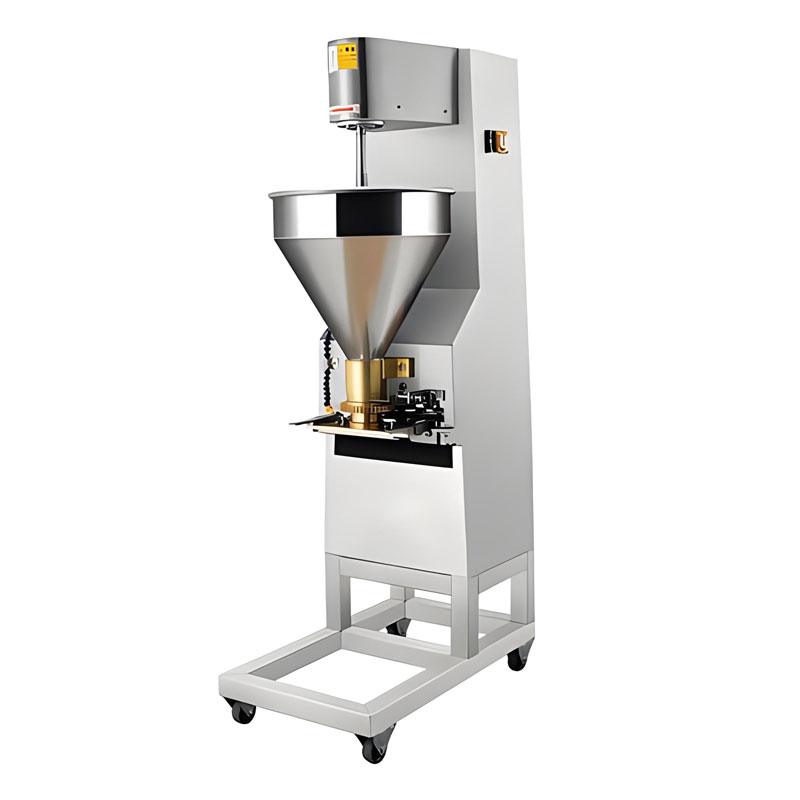
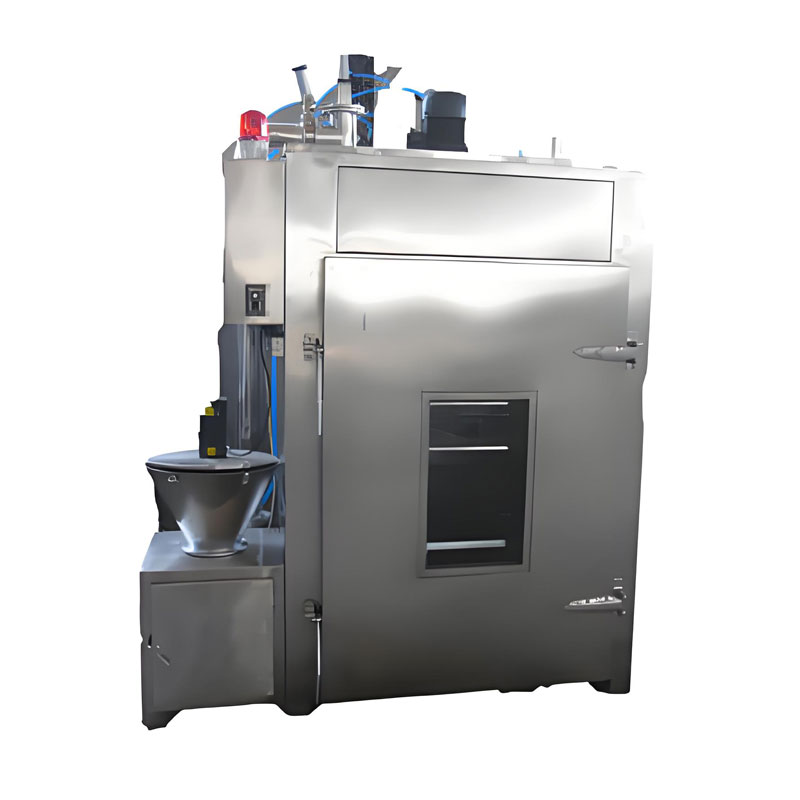
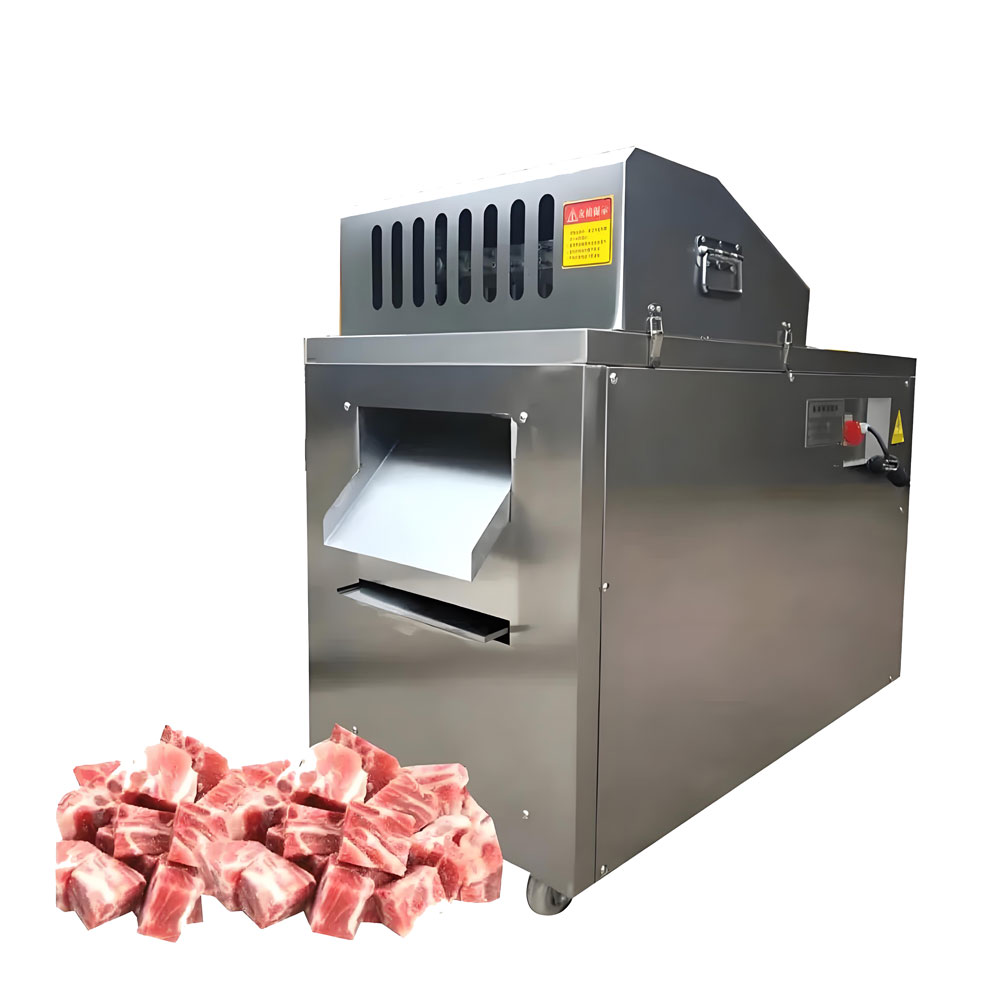
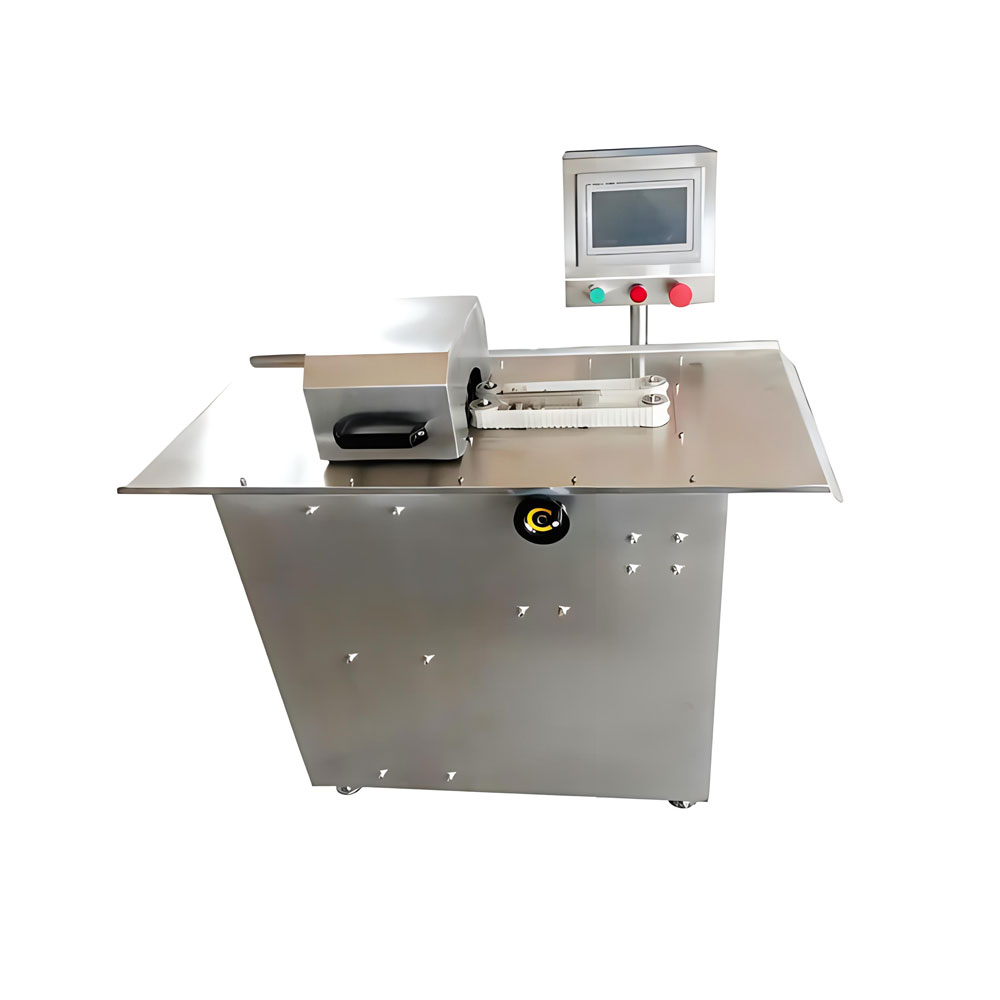
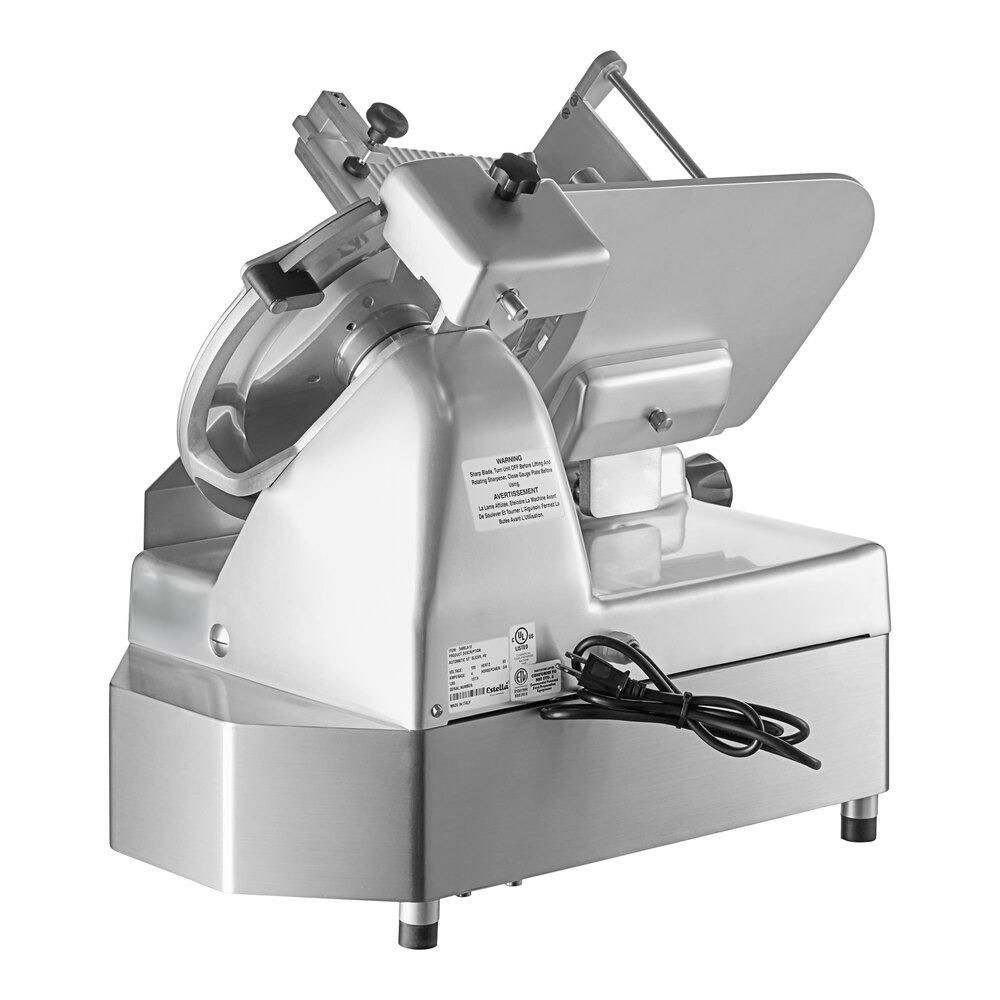
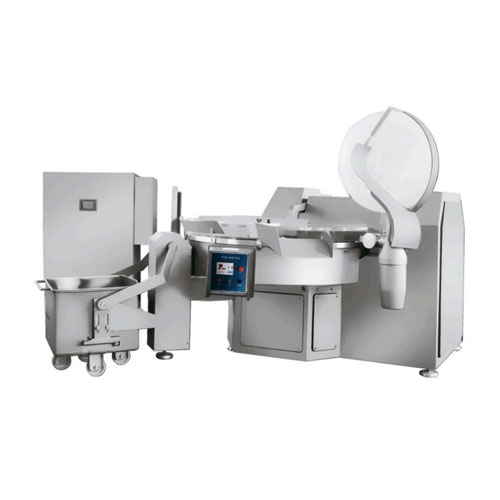
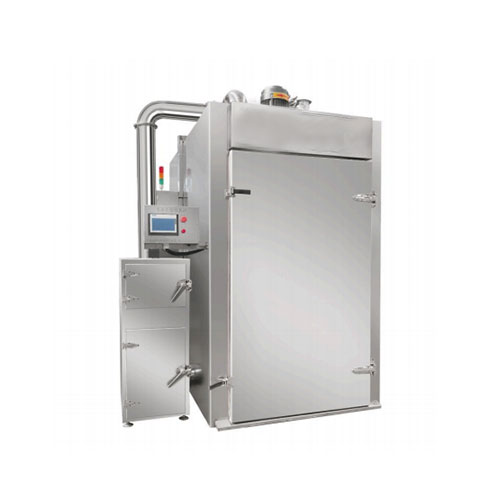
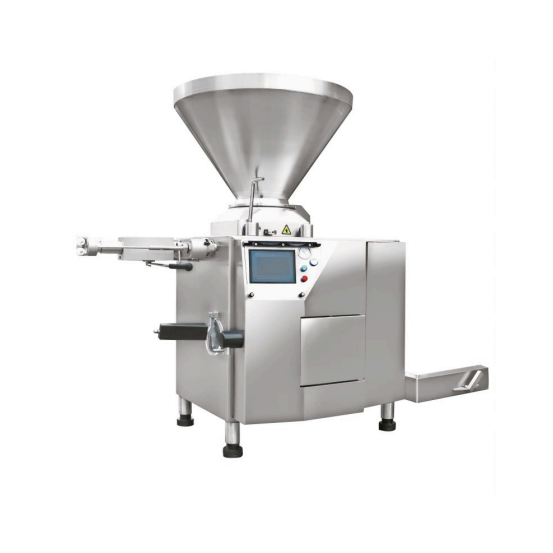
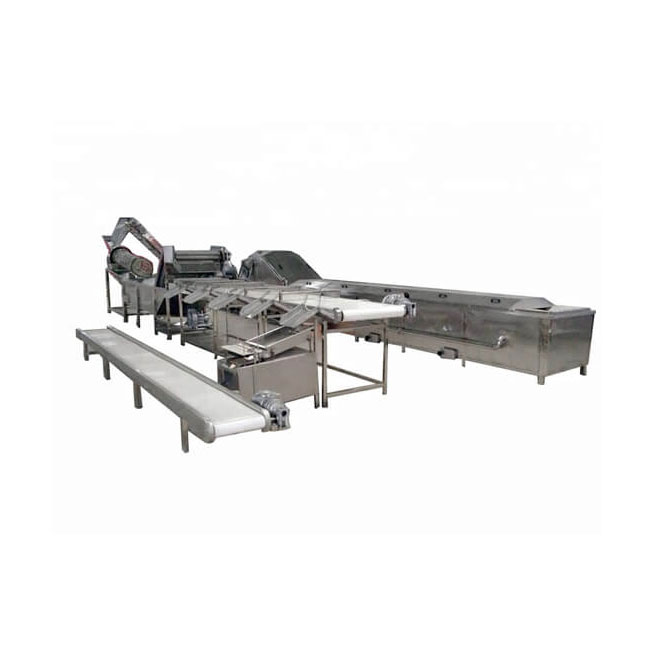
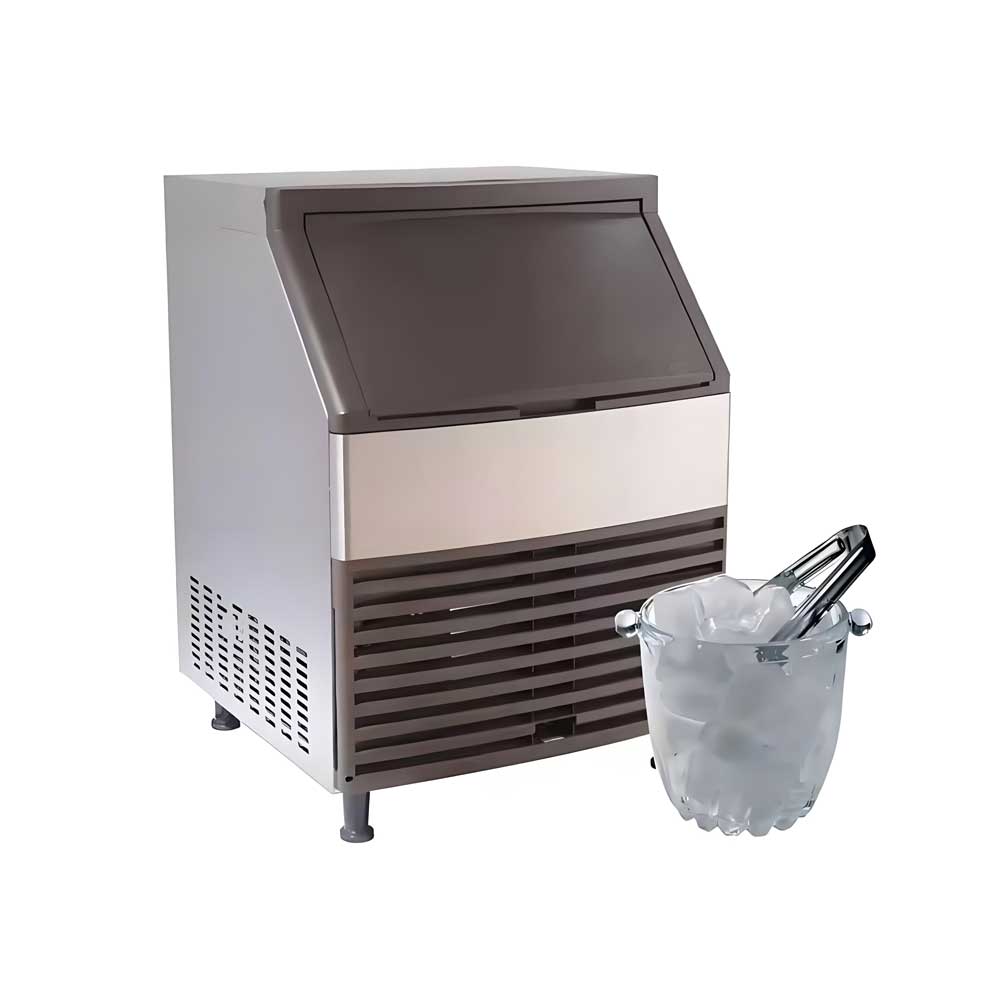
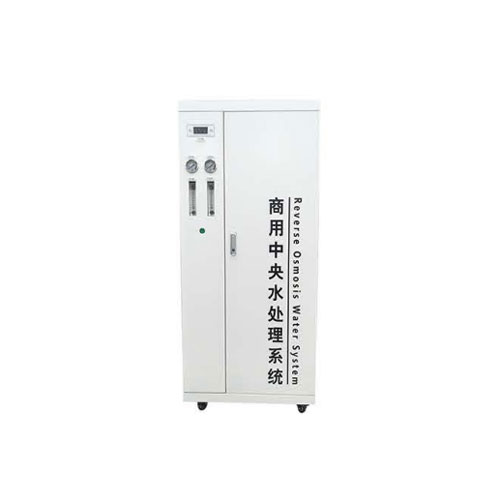 YL-W-06 Commercial Water Purification Equipment
YL-W-06 Commercial Water Purification Equipment YL-W-05 Commercial Water Purification Equipment
YL-W-05 Commercial Water Purification Equipment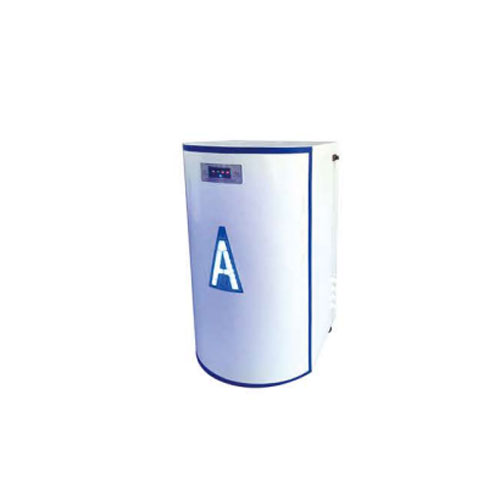 YL-W-04 Commercial Water Purification Equipment
YL-W-04 Commercial Water Purification Equipment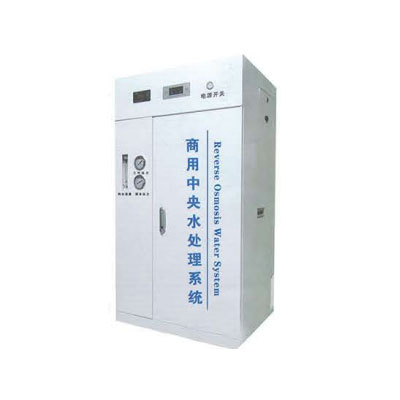 YL-W-03 Commercial Water Purification Equipment
YL-W-03 Commercial Water Purification Equipment
Ready to Get Started?